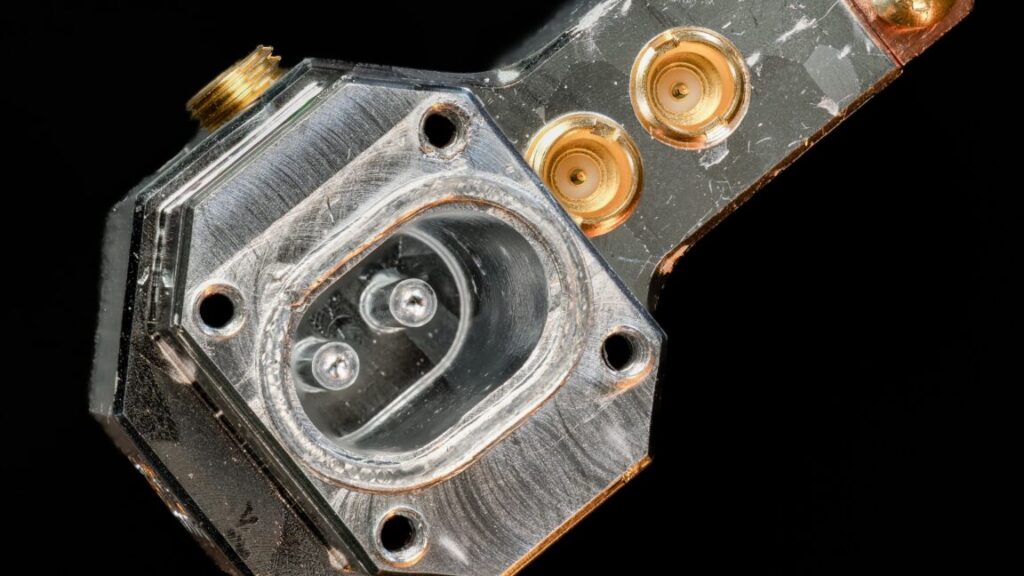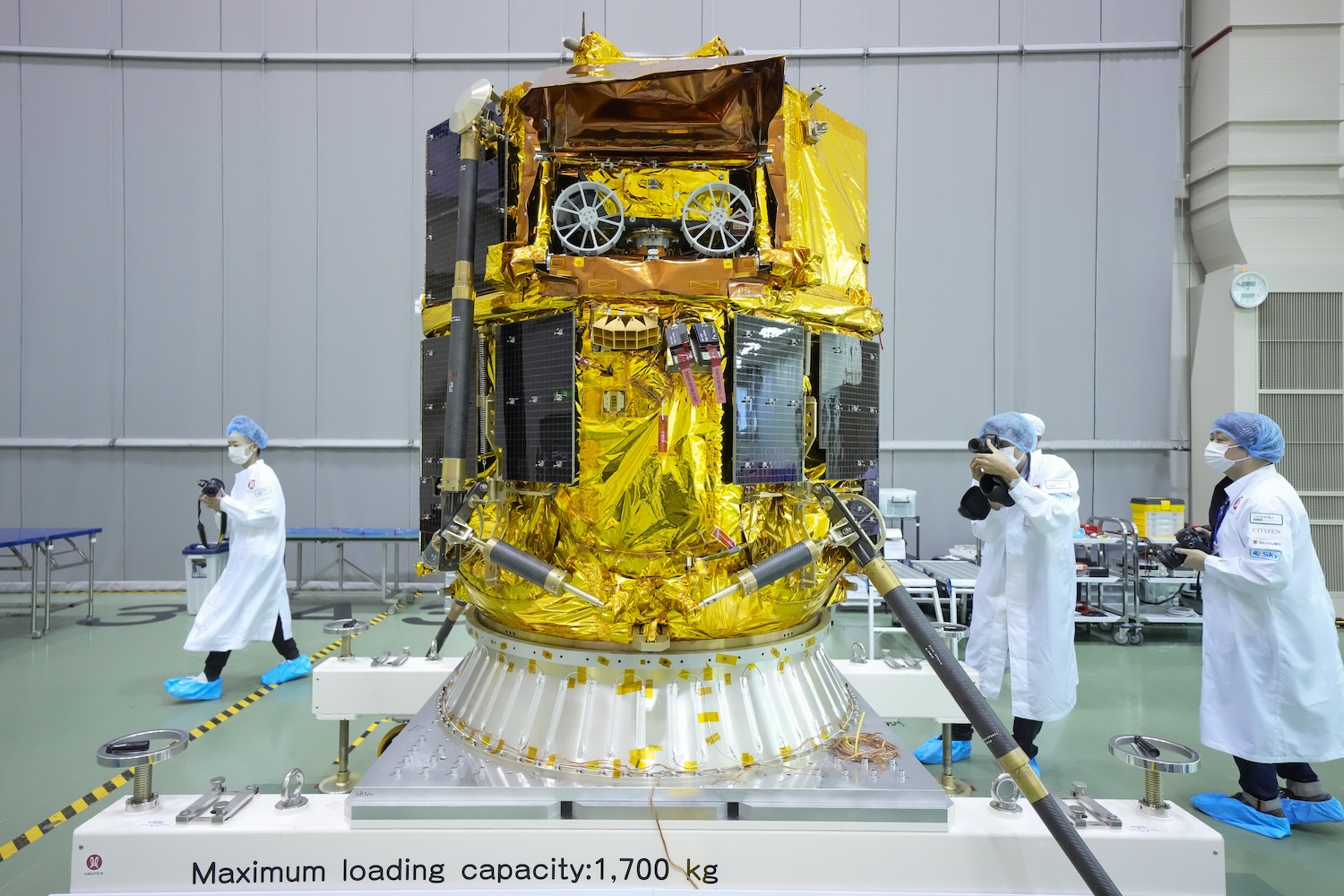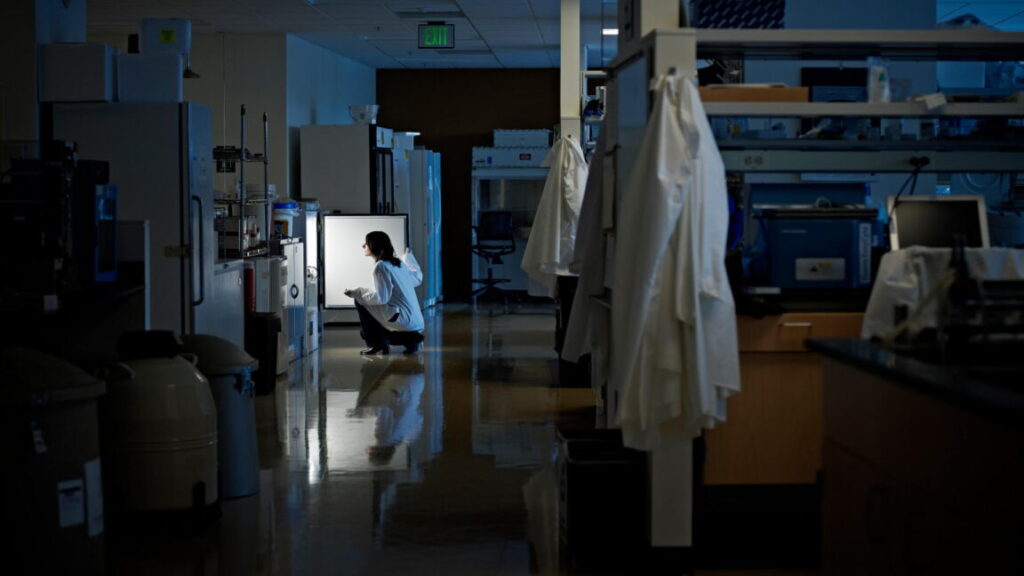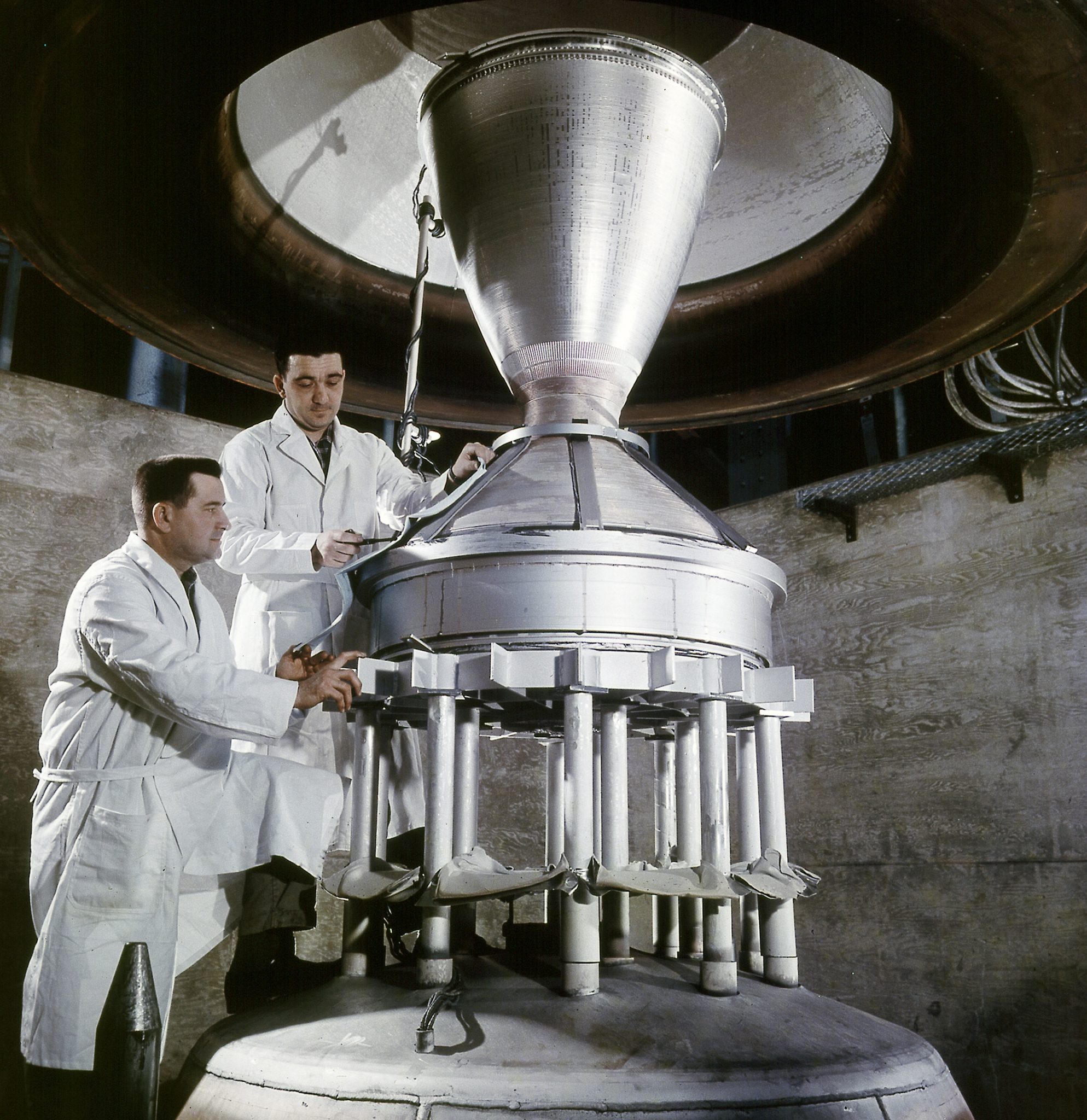Scientists built a badminton-playing robot with AI-powered skills
It also learned fall avoidance and determined how much risk was reasonable to take given its limited speed. The robot did not attempt impossible plays that would create the potential for serious damage—it was committed, but not suicidal.
But when it finally played humans, it turned out ANYmal, as a badminton player, was amateur at best.
The major leagues
The first problem was its reaction time. An average human reacts to visual stimuli in around 0.2–0.25 seconds. Elite badminton players with trained reflexes, anticipation, and muscle memory can cut this time down to 0.12–0.15 seconds. ANYmal needed roughly 0.35 seconds after the opponent hit the shuttlecock to register trajectories and figure out what to do.
Part of the problem was poor eyesight. “I think perception is still a big issue,” Ma said. “The robot localized the shuttlecock with the stereo camera and there could be a positioning error introduced at each timeframe.” The camera also had a limited field of view, which meant the robot could see the shuttlecock for only a limited time before it had to act. “Overall, it was suited for more friendly matches—when the human player starts to smash, the success rate goes way down for the robot,” Ma acknowledged.
But his team already has some ideas on how to make ANYmal better. Reaction time can be improved by predicting the shuttlecock trajectory based on the opponent’s body position rather than waiting to see the shuttlecock itself—a technique commonly used by elite badminton or tennis players. To improve ANYmal’s perception, the team wants to fit it with more advanced hardware, like event cameras—vision sensors that register movement with ultra-low latencies in the microseconds range. Other improvements might include faster, more capable actuators.
“I think the training framework we propose would be useful in any application where you need to balance perception and control—picking objects up, even catching and throwing stuff,” Ma suggested. Sadly, one thing that’s almost certainly off the table is taking ANYmal to major leagues in badminton or tennis. “Would I set up a company selling badminton-playing robots? Well, maybe not,” Ma said.
Science Robotics, 2025. DOI: 10.1126/scirobotics.adu3922
Scientists built a badminton-playing robot with AI-powered skills Read More »
























